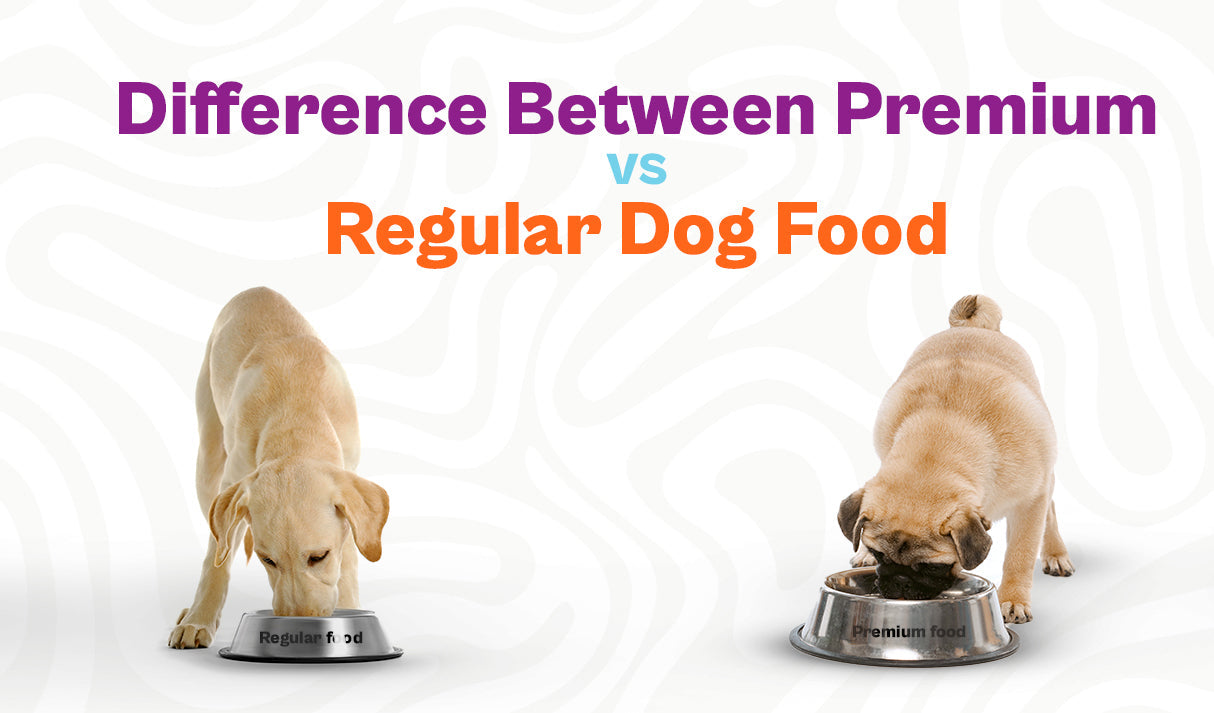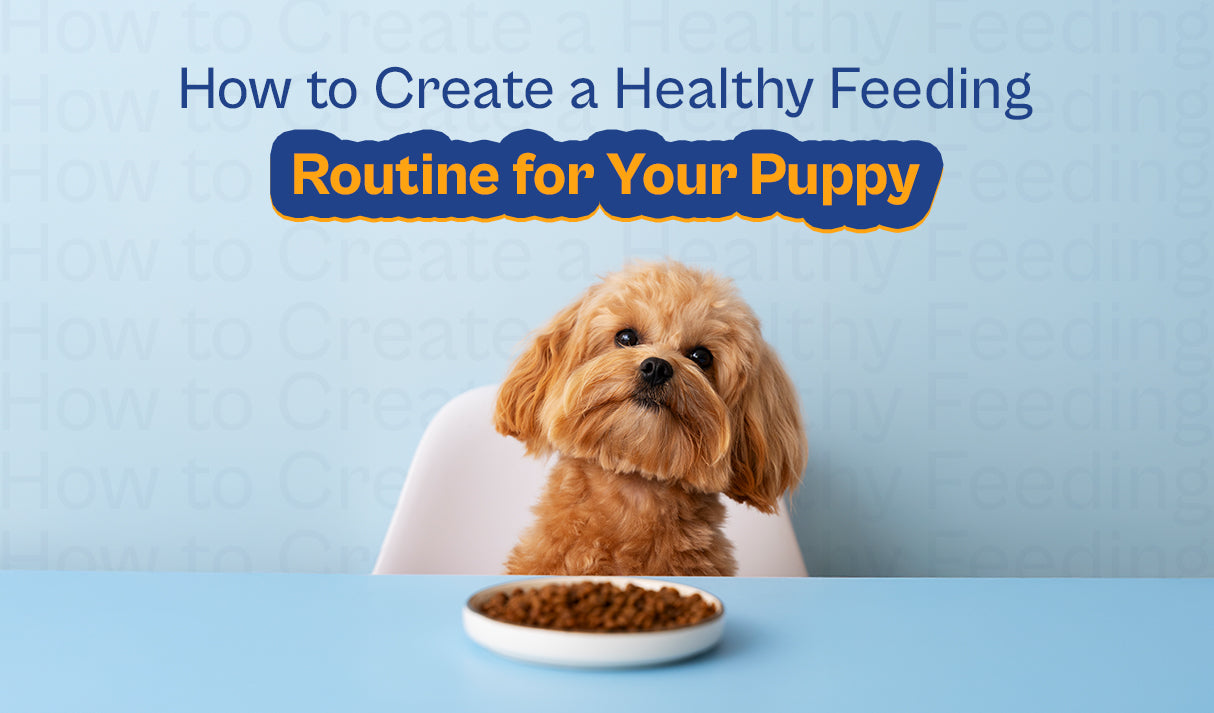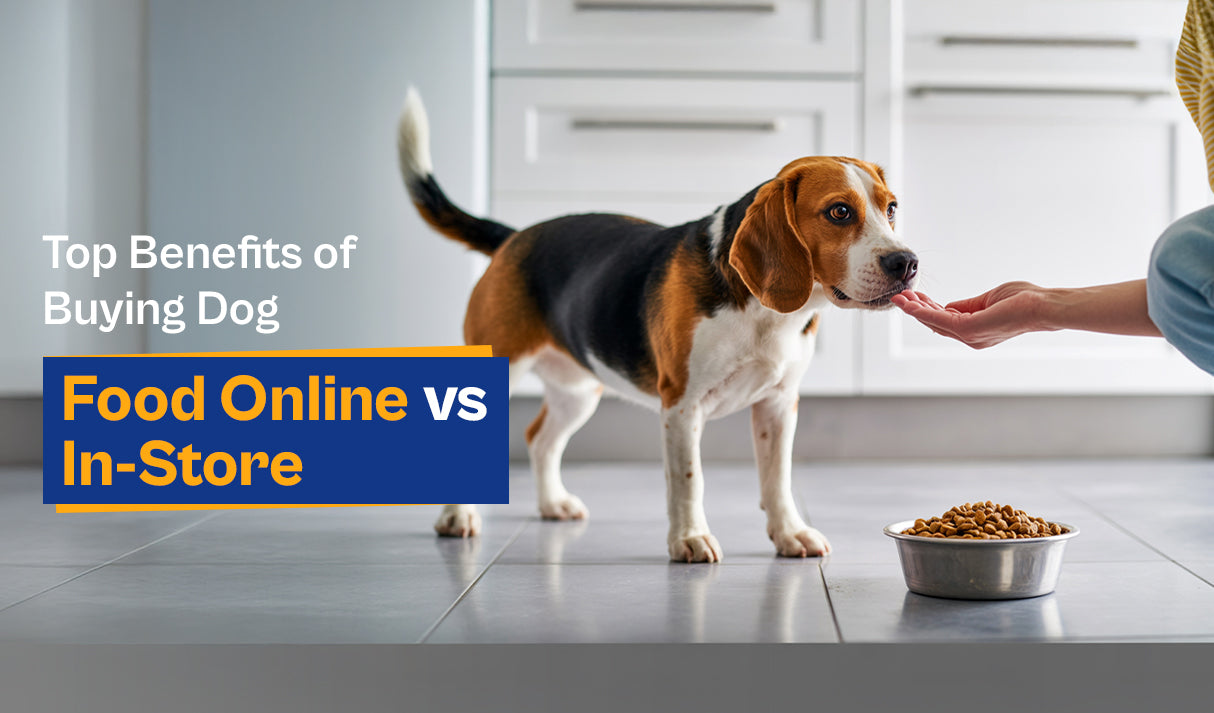Premium vs Regular Dog Food: What’s the Real Difference?

When Kanishk first brought home his Labrador pup, Simba, he remembered standing in the pet store aisle for what felt like forever, two shelves full of glossy bags all promising “wholesome nutrition,” “balanced diets,” and “tail-wagging taste.” One bag cost double the other. The only real difference I could see? One said premium.
Out of curiosity (and guilt), he picked the premium option. Simba loved it. But he couldn’t help wondering, was it worth the price? Or had he just fallen for good marketing?
Years later, after a lot of research, trial, and error (plus a few vet visits he’d rather forget), He has finally untangled the mystery. If you’ve been asking yourself the same thing, Is premium dog food really better than regular food?, you’re in the right place.
Let’s break it down.
What Exactly Is “Regular” Dog Food?
Regular dog food is often the baseline option you’ll find on most store shelves or basic online listings. It’s the go-to for many pet parents because it’s affordable, easy to find, and, let’s be honest, heavily advertised with catchy slogans and cute dog photos. But behind the flashy packaging, regular food tends to focus more on broad appeal than tailored nutrition. It usually offers the basics your dog needs to stay fed, but not always the quality that helps them truly thrive.
Here’s what you can generally expect from regular dog food:
-
Lower-quality ingredients. These often include unnamed meat meals (like “animal by-product” instead of “chicken”), corn, soy, and wheat as fillers.
-
Less protein, more carbs. Protein content tends to be lower, and carbohydrates fill in the rest.
-
Artificial additives. Preservatives, colours, and flavours are more common to enhance shelf life and taste.
-
Limited nutrition customisation. These foods might not cater to specific life stages, sensitivities, or breed needs.
That doesn’t mean all regular food is bad. It just means you need to read the labels carefully. If it says “meat by-product” and has a suspiciously long list of unpronounceable ingredients, it’s probably not your best bet.
What Makes Premium Dog Food “Premium”?
Premium dog food steps things up a notch, and usually, it shows. While the higher price tag can be intimidating, there’s usually good reason for it.
Here’s what typically sets premium dog food apart:
-
High-quality, named proteins. Think real chicken, lamb, or fish, not “animal meal.”
-
Wholesome carbs. Brown rice, sweet potato, or oats replace cheap fillers.
-
No artificial junk. Most premium brands skip the artificial colours, preservatives, and flavours.
-
Better digestibility. Premium foods often use fewer but more bioavailable ingredients, which means your dog absorbs nutrients more efficiently.
-
Tailored nutrition. They cater to breed, age, and lifestyle, whether you’re looking for puppy dry dog food or senior support.
The difference isn’t always visible, but it’s often felt. Your dog may have more energy, a shinier coat, healthier stool, and fewer digestive upsets with premium food.
Ingredient Quality: The Real Game-Changer
Let’s talk about ingredients. Because this is where the premium vs regular dog food debate really heats up.
A premium label doesn’t just mean “fancier.” It often means:
-
More real meat and animal protein
-
Fewer fillers (like corn gluten or wheat middlings)
-
Better fats (from flaxseed or fish oil instead of animal fat)
-
Superfoods and supplements like glucosamine for joints or prebiotics for gut health
If your dog is struggling with itchy skin, dull fur, inconsistent stool, or frequent stomach upsets, there’s a good chance their food is the issue. Upgrading to a formula with fewer, cleaner ingredients can make a dramatic difference.
Nutritional Balance & AAFCO Standards
Both regular and premium dog foods may meet the minimum standards set by the Association of American Feed Control Officials (AAFCO), but premium brands often go beyond the minimum.
Think of AAFCO as the pass mark in an exam. Regular food passes. Premium food aims for top marks.
While both are technically “complete and balanced,” the source, digestibility, and quality of nutrients matter just as much. You wouldn’t fuel your car with watered-down petrol just because it technically runs, right?
Impact on Your Pet’s Long-Term Health
Here’s where things get personal.
When Kanishk switched Simba from a basic formula to a thoughtfully crafted premium diet, the changes weren’t just noticeable, they were undeniable.
-
His coat? Glossier, softer, and far easier to brush.
-
The constant scratching? Gone, like it never existed.
-
Let’s just say his bathroom habits improved dramatically, less mess, less smell.
-
And he had this renewed energy, like he’d shaved off a few dog years. Plus, we saw the vet far less often.
These improvements didn’t come from a magic ingredient, they came from cleaner, high-quality nutrition that actually worked with his body. Because when your pet gets better fuel, everything from digestion to immunity to brain function operates more smoothly.
So no, it’s not just about feeding them. It’s about investing in their long-term health. And in that sense, premium dog food isn’t a luxury, it’s a form of everyday prevention.
Is Premium Always Worth It?
Not always, let’s be honest: some premium brands are just expensive because of fancy branding. Not every high-priced bag is gold inside. And some regular brands do a decent job without breaking the bank.
Here’s when premium dog food is definitely worth it:
-
If your pet has allergies or food sensitivities
-
If you’re raising a puppy and want optimal growth support
-
If you want to improve digestion, coat health, or joint mobility
-
If your vet recommends a specialised diet
On the flip side, if your dog is healthy, active, and thriving on a regular formula, there’s no shame in sticking with what works. Just make sure it’s from a trusted source.
What About Puppy Dry Dog Food?
Ah, puppies. Tiny teeth, boundless energy, and the ability to destroy a pair of shoes in under three minutes. Their food matters a lot.
Puppy dry dog food should be:
-
Calorie-rich to support growth
-
Small-sized kibble for easier chewing
-
High in protein and calcium for bone and brain development
-
Balanced with DHA and essential vitamins
Premium puppy formulas often tick all these boxes. Regular food? Sometimes, but you’ll have to check the label closely. If you’re unsure, go premium during the puppy years. It’s an investment in a healthier adult dog.
Final Thoughts: It’s Not About Fancy, It’s About Fit
Choosing between premium vs regular dog food isn’t a one-size-fits-all decision. It’s about understanding what’s inside the bag and how it matches your pet’s needs.
Look beyond the buzzwords and price tags. Read the labels. Watch how your dog responds to their food. If they’re thriving, great. If not, don’t hesitate to upgrade.
One option worth exploring? Hunger Tail’s range of premium dog food, including their Puppy Power – Chicken & Oats formula. It’s designed to support digestion, muscle strength, and coat health, using high-quality ingredients that your dog’s body can actually use. No fillers, no fluff. Just honest, balanced nutrition.
Still wondering what to feed your dog? Head over to Hunger Tail, explore their thoughtfully formulated recipes, and find the right fit for your four-legged companion. Because when it comes to your pet, “good enough” isn’t good enough.



